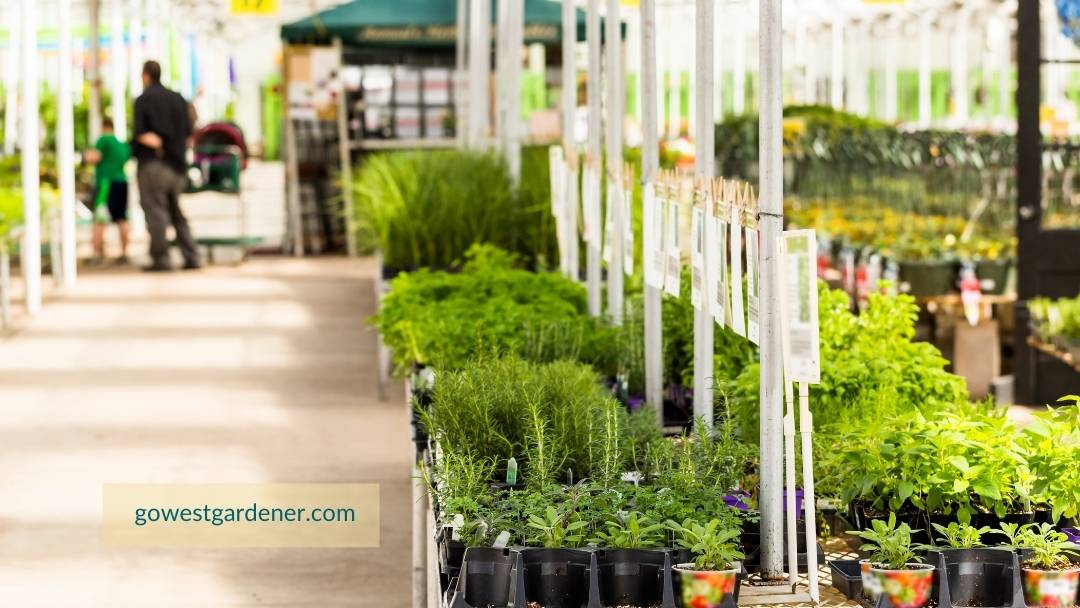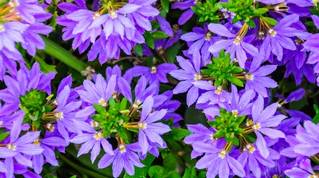Spring can be one of the best times to plant perennials — the flowers that come back.
“Cool temps are ideal for planting perennials…” wrote David Salman, respected western plantsman of Waterwise Gardening LLC, in 2022. “Perennials thrive in cool weather, putting their energy into growing robust root systems.”
And healthy root systems lead to healthy plants!
When you plant your perennials on mild spring days with cool nights, their roots have a chance to get a head start before summer. They’re better prepared when our roasty summer temps arrive.
So, the question is:
When should you plant perennials in the spring?
I’d love to give you a simple answer—or better yet, a date.
Yep, a specific date would be nice. But Mama Nature makes her own rules, and she can be a fickle gal, especially in Colorado and similar western states. Plus, it depends on where you live and what you’re planting.
Nevertheless, here are helpful guidelines.
You should be able to plant perennials when all of the following occur:
1) Your ground isn’t frozen.
According to the Colorado State University (CSU) Extension, you should theoretically be able to plant hardy perennials when you can work the soil (your dirt). In other words, you can get a shovel in the ground.
If the ground isn’t frozen, your plants’ roots also should have access to water.
In the Front Range of Colorado, this is often April.
2) The ground isn’t too damp.
Digging in wet dirt can compact your soil. (This is a fancy way of saying: You can accidentally smoosh your dirt.)
Compaction is a common issue in clay soil—which many of us have in Colorado and the intermountain west. It can cause problems that last a long time. For example, compacted soil can make it tough for water and air to get to your plants’ roots.
If you’ve been getting snow or rain, hold off on digging in the dirt. Let your soil dry for a bit.
3) Your perennials have been actively growing outside for a while.
This is important. Let’s dig into why.
Perennials that have been growing outside are tougher. They’re better equipped to handle the intense sunlight, drying winds and yo-yo temperature swings that we can get in Colorado and similar states.
In contrast, perennials that have been growing inside are tender. They’ve had warm, comfy conditions—like their own spa. They aren’t used to outdoor conditions yet.
Greenhouse plants are more vulnerable to sunburn outside (yep, that’s a thing), as well as frost and freeze damage. They can become stunted, weak or die. These flowers “are best planted after the danger of frost has passed in the spring,” says the CSU Extension.
When you bring home perennials that have been growing indoors, it’s also a good idea to toughen them up before you plant them outdoors. This is known as “acclimating” or “hardening off” your flowers. Here’s how to harden off flower plants.
On a related note, if most of the plants in your garden are still dormant (winter hibernation mode) and you see leafy perennials at the store, it’s too early to buy those plants… unless they’re going straight into a greenhouse at your house. Those leafy, greenhouse perennials will not do well in our spring freezes in Colorado.
4) Your temperatures are mild rather than hot.
Moving your flowers from their nursery pots to the ground can be stressful for your plants. And hot temperatures can add to your plants’ stress.
Look for days with mild temperatures to plant your perennials. Avoid planting on summer-like days in the spring, if possible. Cloudy days can be excellent days to plant.
Here’s my approach to planting perennials in the spring in Colorado.
I live in the Front Range of Colorado.
Typically, I’ll start moving and dividing perennials that are already planted in my garden in early April, depending on the weather. The ground usually isn’t frozen and these plants have been growing in my garden, so I know they’re used to the conditions.
If we’ve been getting a lot of snow or rain, I’ll hold off on moving plants to avoid planting in wet soil. I don’t want to compact my soil (smoosh my dirt).
Depending on the weather, I’ll bring home new perennials starting in late April. I harden off the perennials I get from mail-order websites and garden centers before I plant them. Tip: If you see plants outside at a store and you don’t know if they just arrived from a greenhouse or not, I would err on the side of hardening your plants.
We can get yo-yo temperature swings in Colorado in the spring, from summer-like days, to freezing cold nights. So, I keep my eyes on the forecast. If the forecast says temps could drop into the upper 20s (or below) or we could get snow (because, yay, it’s Colorado), I’ll typically wait to plant them. I protect my leafy, newly-purchased perennials from freezes.
Gardening is both science and intuition.
I have a gardening friend who shared an observation I adore:
Gardening is both science and intuition. What works for one gardener may not work for the next.
If you want to know when you should plant perennials in the spring in Colorado (or a similar state), I hope these guidelines help you hone in on what works well for your western garden.














